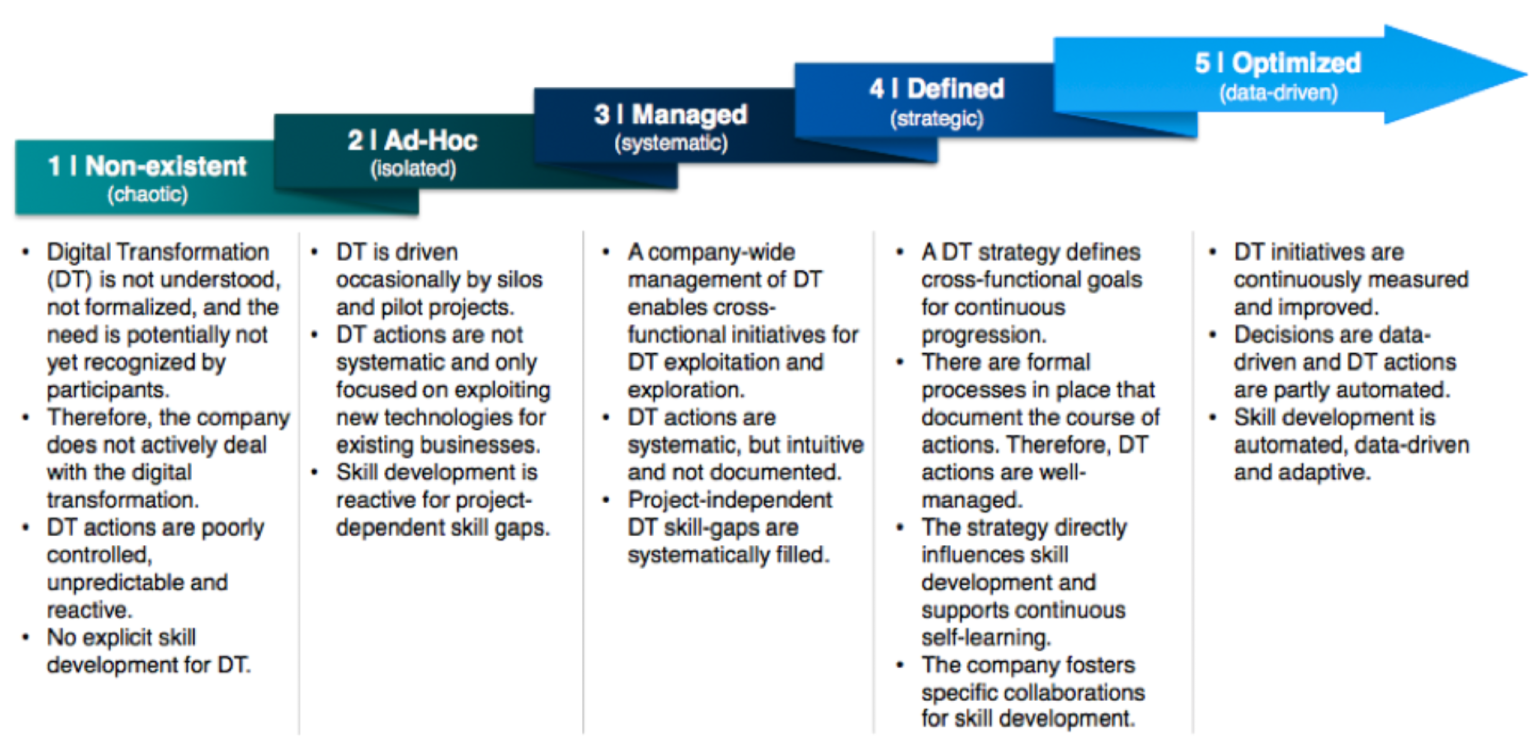“Execution Over Ideation. Strategy Before Sentiment.”
— Civitas Machina
Welcome to the Intelligence Economy
We’ve left the Information Age behind.
Welcome to the Intelligence Economy—where data is no longer king unless paired with automated, AI-driven decision-making systems.
The rules of engagement have changed.
Digital strategy isn’t just about cloud adoption, mobile responsiveness, or UX optimization anymore.
It’s about who owns the intelligence, how fast you can act on it, and whether your systems think with intent.
Digital Strategy is Now AI Strategy
Let’s be clear: if AI isn’t embedded in your digital strategy, then you don’t have a strategy—you have a roadmap to obsolescence.
Today’s digital leaders must rethink core pillars:
- From platform-first to intelligence-first
- From UX-centric to autonomy-centric
- From analytics to predictive reasoning
- From toolchains to intelligent systems orchestration
Your strategy must now revolve around:
- Where AI sits in your stack
- How it augments or automates decisions
- How it scales with control, not chaos
- And how it aligns with your ethics, governance, and mission
What You Need to Know
1. Centralization is a Risk, Not a Strategy
Relying on external AI services (OpenAI, Google, Anthropic, etc.) may work short-term. But in the long run, it introduces dependency, exposure, and commoditization.
Actionable Insight: Evaluate your need for private, on-prem AI systems. Consider the sovereignty of your data and decision layers.
2. Your Stack Must Think For Itself
It’s not enough to gather data. Your systems must reason, prioritize, and execute. That means architecting AI across multiple tiers: edge, cloud, and local operations.
Actionable Insight: Incorporate LLM agents, vector databases, and autonomous pipelines that serve both business logic and system performance.
3. AI Governance Isn’t Optional
The more decisions AI makes, the more vital it becomes to govern its purpose and boundaries. Ethics can’t be a blog post; it must be codified into your system’s logic.
Actionable Insight: Adopt a moral framework for AI (like The Three Laws of AI) that aligns with your organization’s values and regulatory posture.
4. People + Process + Intelligence
AI doesn’t replace strategic thinking—it amplifies it. But only when paired with:
- Skilled operators
- Clear KPIs
- Governance that doesn’t throttle innovation
Actionable Insight: Redefine your teams as AI-native units—equipped with intelligent agents, automated workflows, and embedded decision systems.
What It All Comes Down To
The new digital strategy isn’t a linear roadmap—it’s a living, learning architecture.
It’s not about checking the box on “AI integration.”
It’s about embedding strategic intelligence into every decision, every process, and every digital interface.
Success in this era isn’t defined by how much data you have.
It’s defined by how well your systems can think, act, and scale in service of your mission.
Final Thought: The Future is Not a Department
AI isn’t a feature. It’s not a department.
It’s not the job of the CTO or the Chief Innovation Officer.
It is the strategy.
Whether you build it yourself, partner smartly, or deploy it tactically—how you integrate AI defines how you govern the future.
Share this:
- Click to share on Facebook (Opens in new window) Facebook
- Click to share on X (Opens in new window) X
- Click to share on LinkedIn (Opens in new window) LinkedIn
- Click to share on Reddit (Opens in new window) Reddit
- Click to share on Pinterest (Opens in new window) Pinterest
- Click to share on Pocket (Opens in new window) Pocket
- Click to share on WhatsApp (Opens in new window) WhatsApp
- Click to email a link to a friend (Opens in new window) Email



